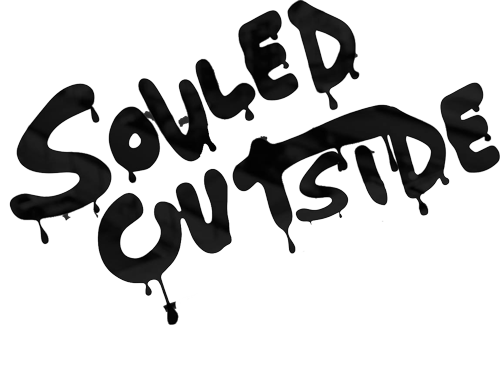The man greeted me eagerly just outside the cathedral, his tiny hands barely reaching past the short sleeves of his shirt. A wide, tan grin smiled almost longer than his misshapen torso. “Hello,” he said. “Welcome.”
Perhaps he had found forgiveness inside. Perhaps he had long ago learned to live with the scars of Lyndon Johnson’s war. Whatever the case, he was one of the first faces I saw in Ho Chi Minh City, in the town they still call Saigon.
I returned the gesture and kept walking, the man and his struggle forever burned into my mind.
Ho Chi Minh City is a bustling hive of commerce. Its streets buzz with swarms of motorbikes and taxis. Its tourism districts overflow with sight seers from not only the U.S., but Europe and other parts of Asia. Ho Chi Minh City has five star hotels, neatly manicured lawns and parks, and a glossy, modern veneer that doesn’t feel much at all like a developing country. In many ways, you’d be hard-pressed to improve the place in any way. At its hub sits Independence Palace—the former capital of the South Vietnamese government.
This is where U.S. and South Vietnamese leaders would have met for the duration of the war. It’s also where the President slept, where his wife hosted dinners, and where the hopes of a democratic south vanished when northern tanks crashed through the gates in 1975.
The tanks are still there.

Today, the place is part shrine and part memorial. All, of course, with a winners twist.
So the ghosts of old Saigon linger in Ho Chi Minh City’s most tourist driven district. The palace and nearby War Remnants museum paint a stark picture of the horror and gruesome terror of the war. The exhibits—with names like American War Crimes, Photos of the Aggressive U.S. War Against Vietnamese Independence and Agent Orange Effects— paint an anti-American tale that’s sobering and full of half-truths.
But in the jumble, the fact remains— the Vietnam War was completely effed.
The galleries of deformed children and burned bodies and tattered planes paint that picture. And the vaults of captured American weapons, tanks and aircraft point a finger to not only the how, but also the why of U.S. involvement here: Lyndon Johnson wasn’t the only man getting rich off of this place.
But for all of their gravity, the palace and museum do not paint the portrait of the city that now houses them.
To find that image, you have to get outside of the beaten tourist zone, to a place where cabs are rare and the pulse of a new Saigon beats vibrantly for all to see.
You can start at the Lunch Lady.

You won’t find any photos from Larry Burrows on the walls of her restaurant. Actually, you won’t find any walls at all. The Lunch Lady of Saigon cooks one meal per day, and it’s served at lunch time only. If you can find a spot at one of her plastic tables, hidden in an alley off of Hoang Sa Street, you’ll find yourself in the real city.
The pace here is slow. And though the food is served hot and fast, there’s no rush to move on. The Lunch Lady herself may come sit with you. Likely, she’ll autograph a book or two. Between cigarette and pizza breaks, a man with an American flag hat will hop down from a motorbike to bring you a cold beer and take your picture. This, all for about $5.00.
This is the city the movies don’t tell you about. Or, at least as close as you can get while still sticking to places a clueless tourist can find on the internet.
It is not a place of war. It is a place of life, and of great food and good people. They are the connection between the relics of Ho Chi Minh and the lingering spirit of old Saigon.
Whether this city’s people are serving lunch or begging on the street, you are welcome here.
That’s a message from Vietnam that I think many Americans miss. This place feels like Ho Chi Minh City in name only. In spirit—and on the walls of buildings of around the city—it may always be the town they call Saigon.
40 years after the last American chopper left town, the rooftops look a little different. 40 years later, Saigon is a wonderful place to be.










